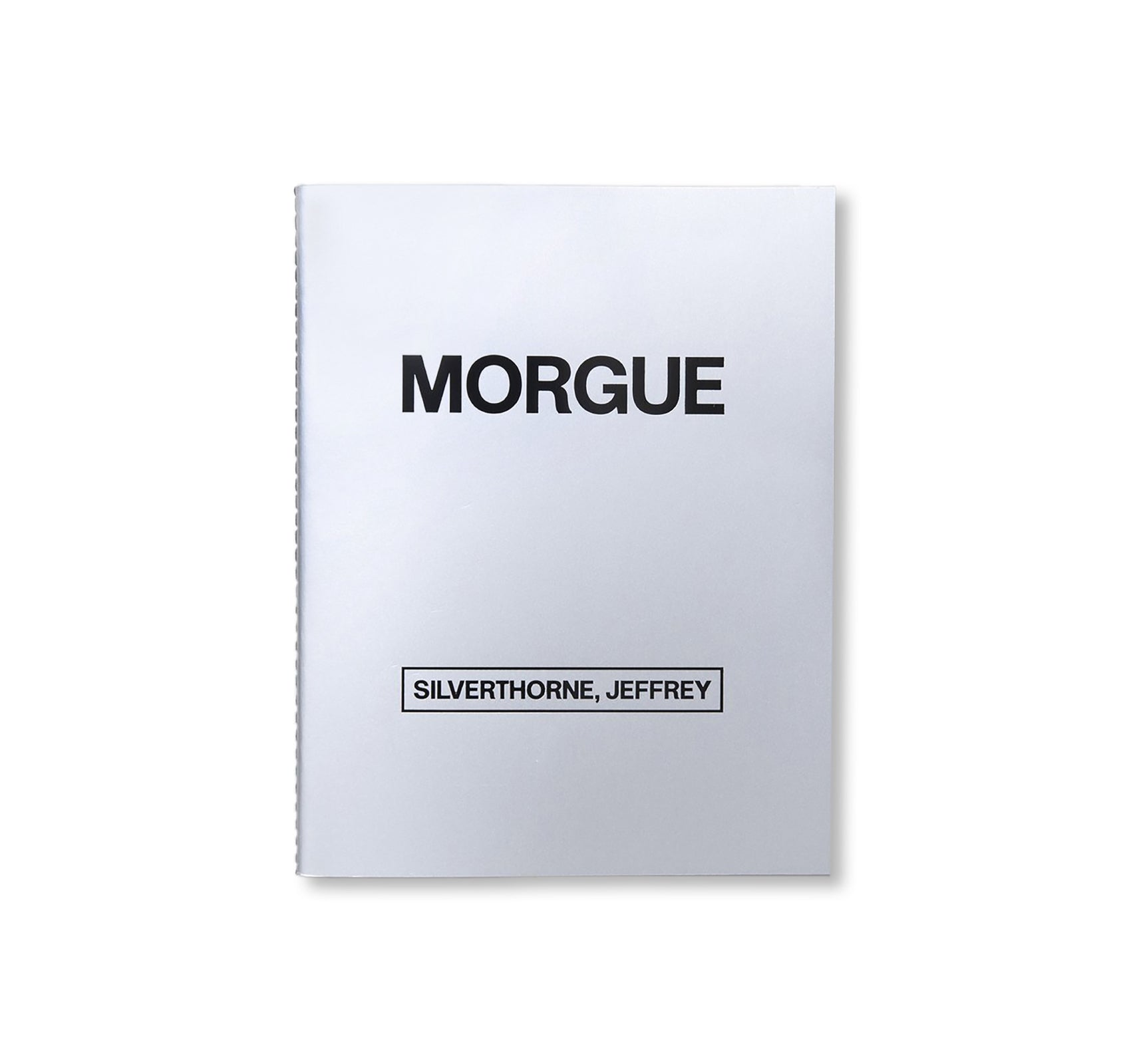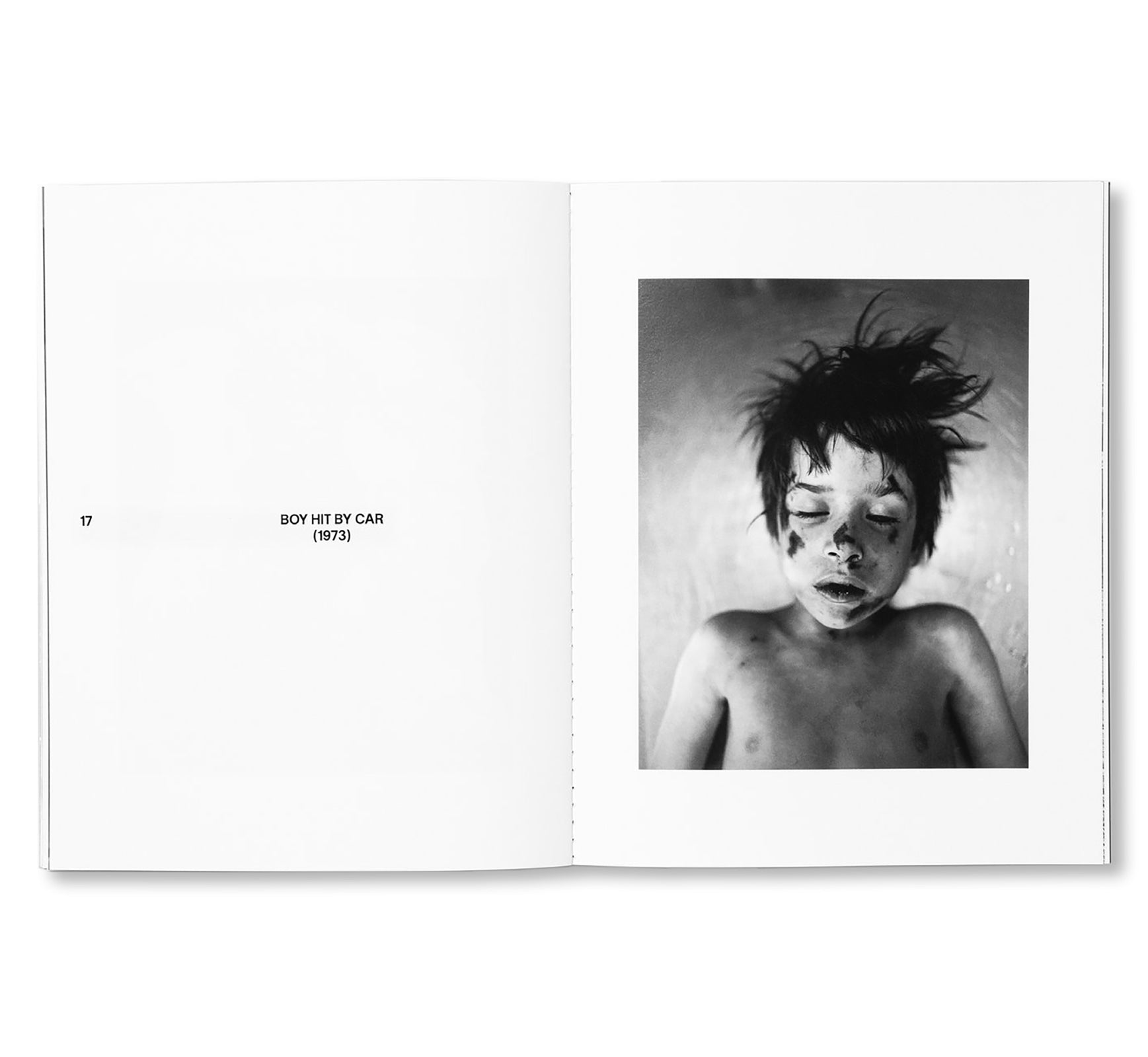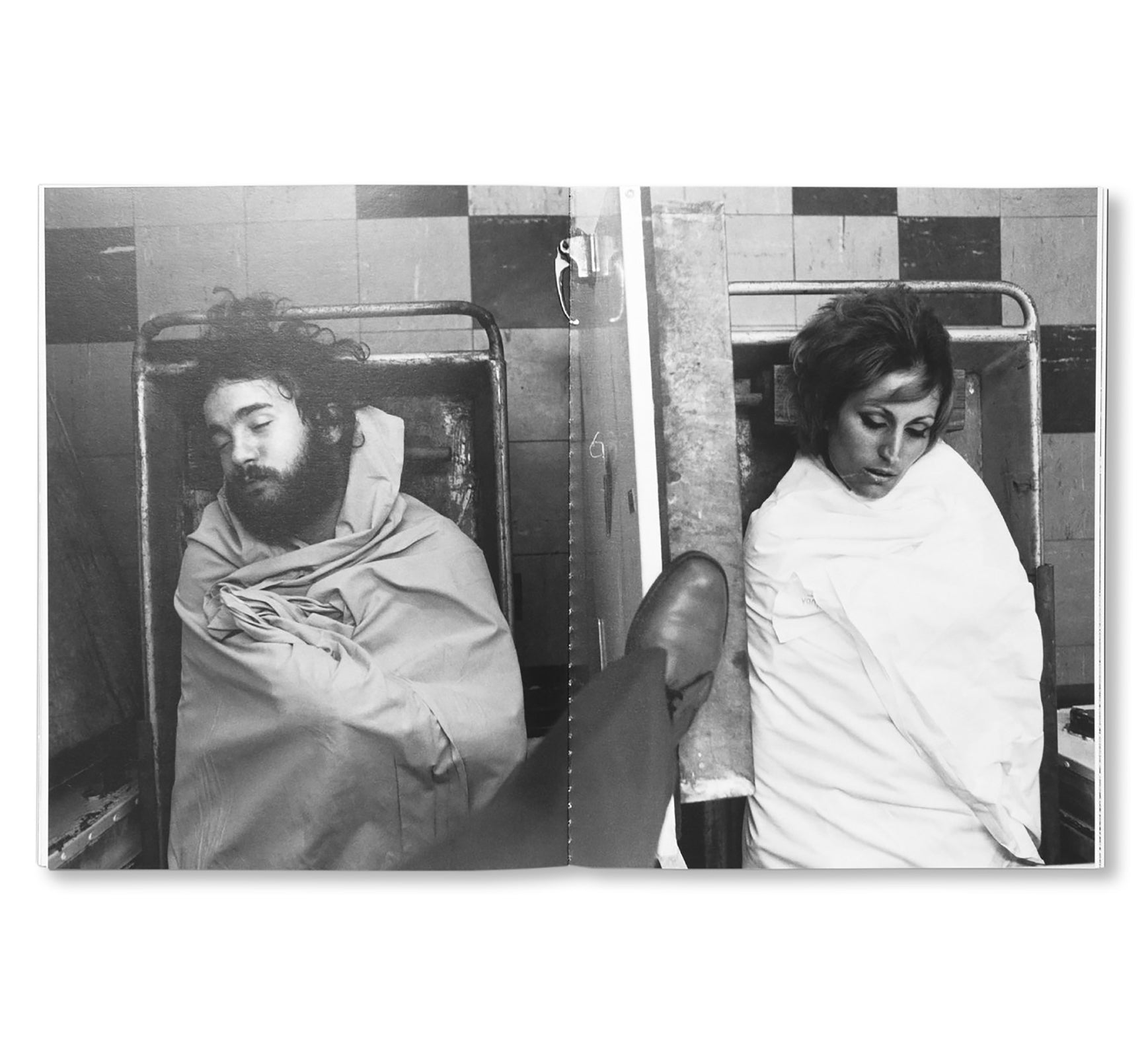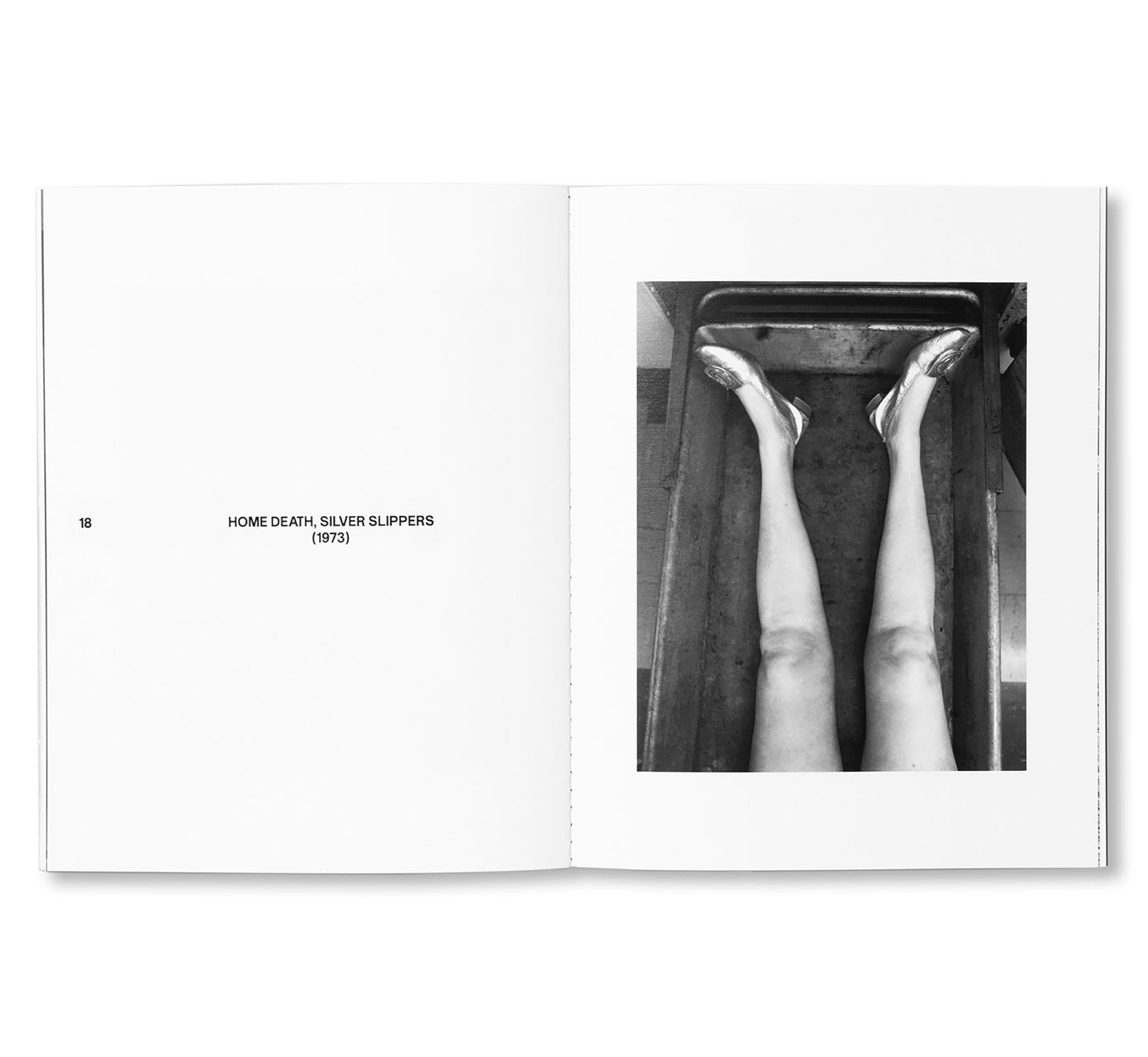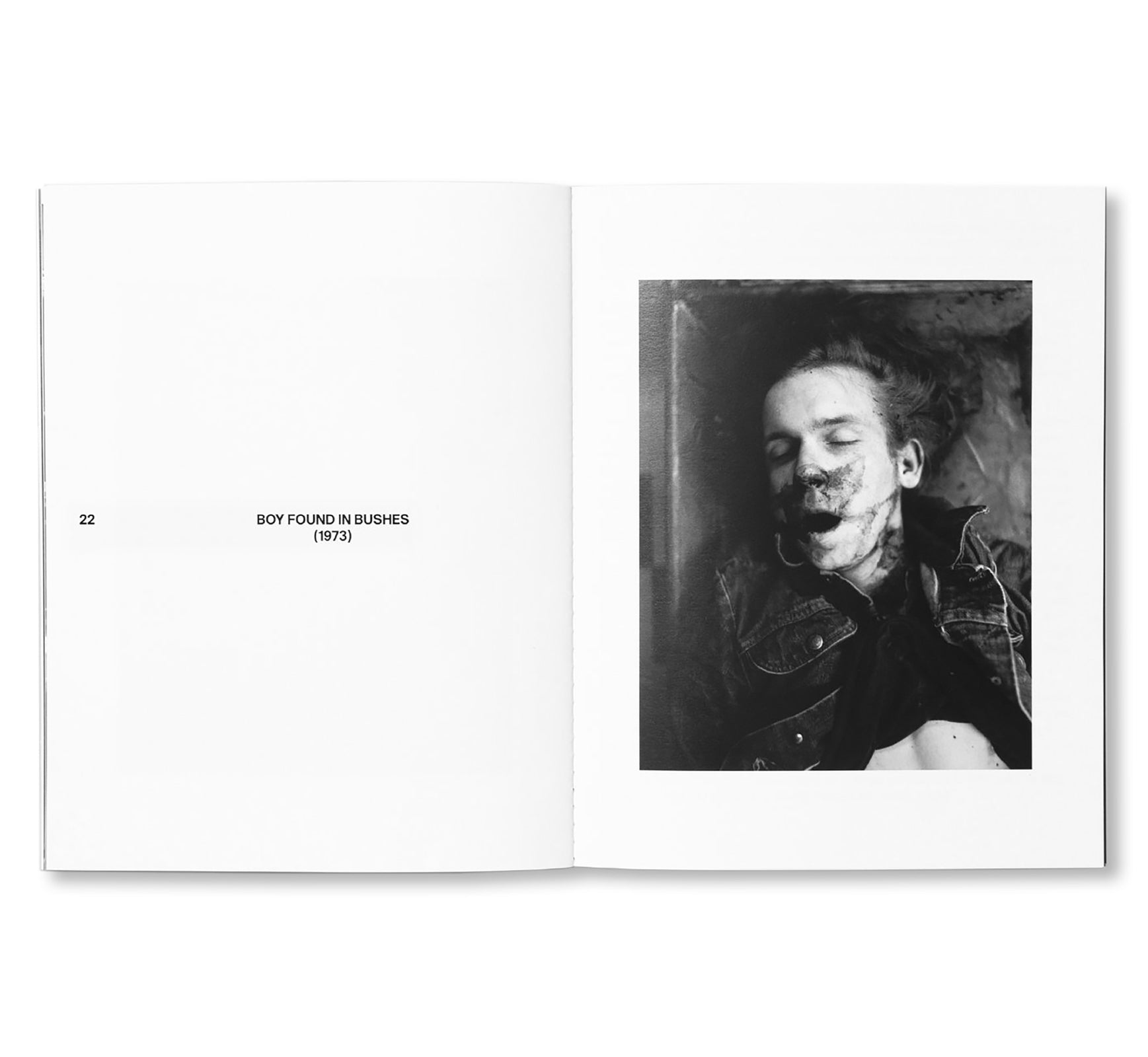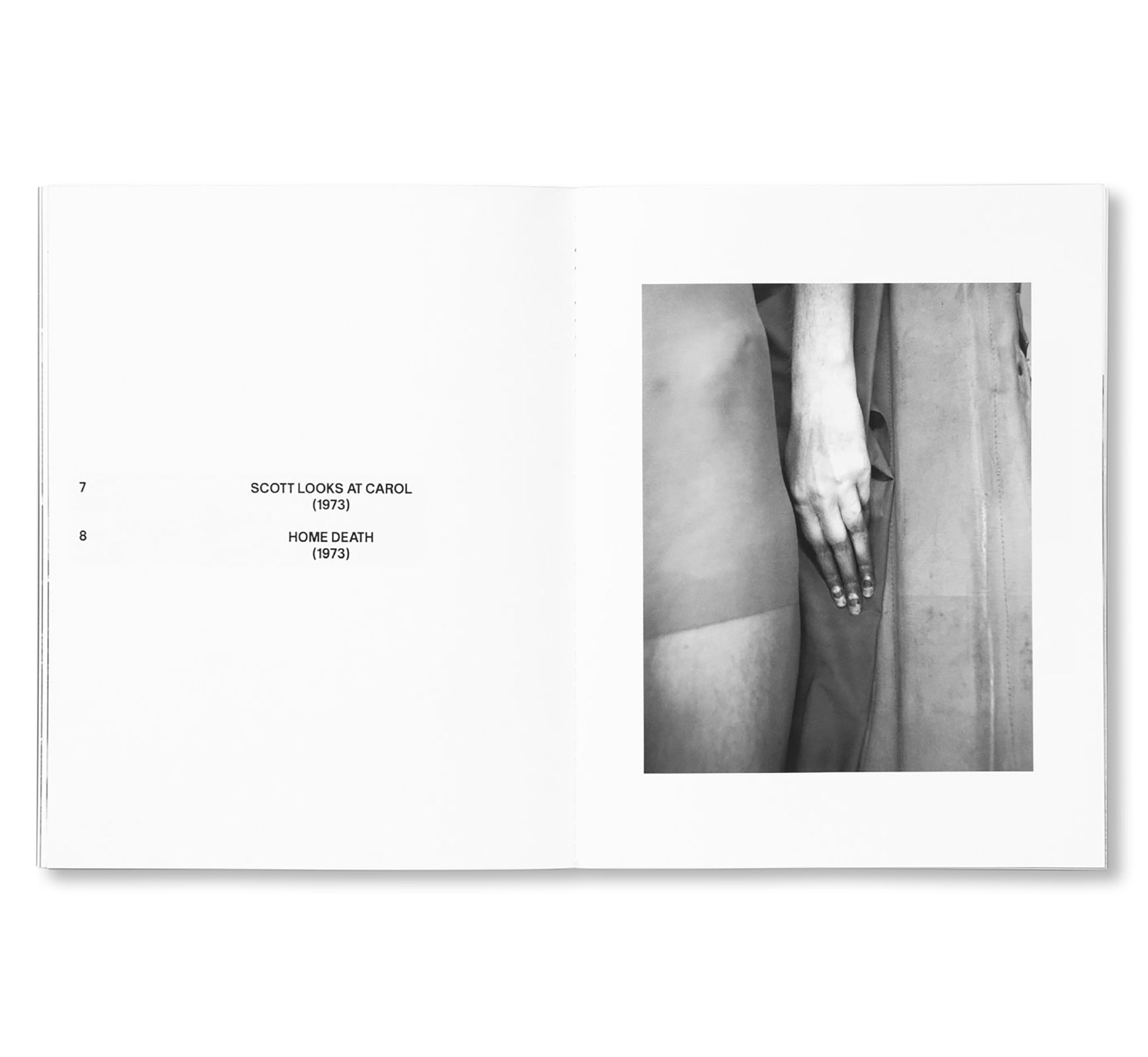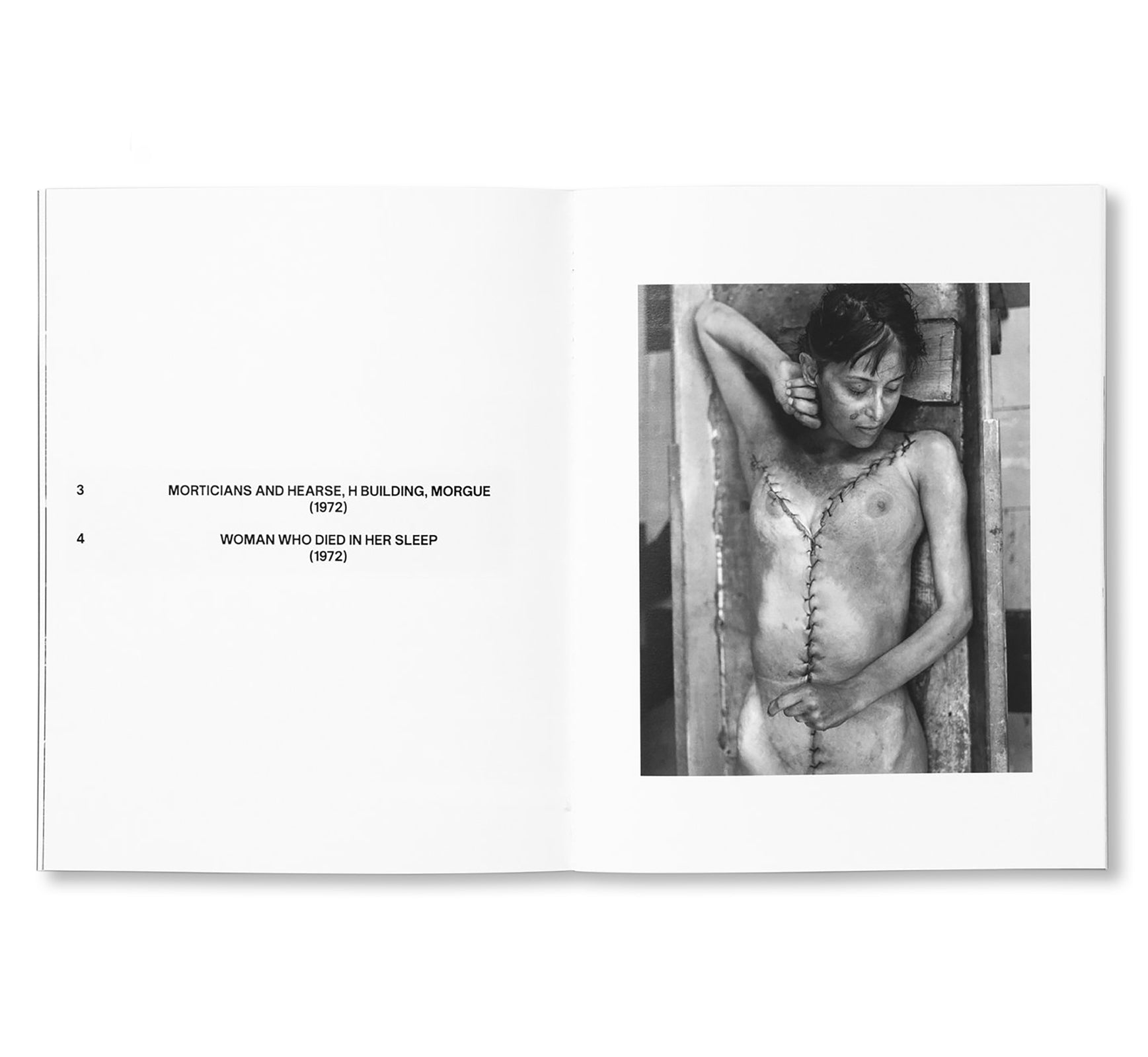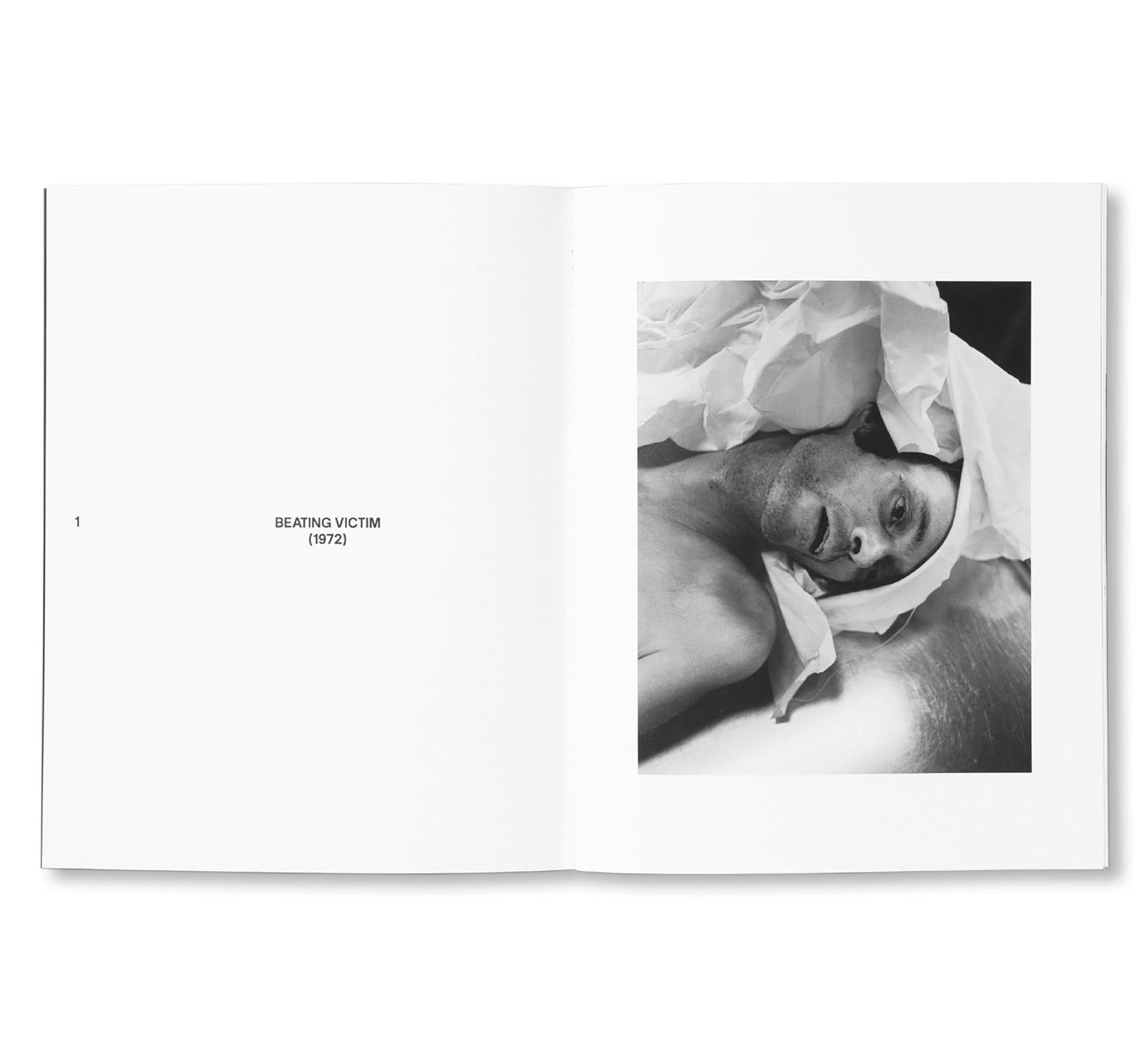MORGUE by Jeffrey Silverthorne
アメリカ人フォトグラファー、ジェフリー・シルヴァーソーン(Jeffrey Silverthorne)の作品集。作者がまだ25歳で結婚4年目、第2子が誕生したばかりの1972年、ベトナムでは未だに多くの命が失われ続けていた。つきまとう変化と死の気配に悩まされた末に、自分の感覚が間違っていないことの物理的な証拠を本シリーズの中に見出していった。米国の司法長官に提案したこのドキュメンタリー・プロジェクトが実現されることになったことは、作者自身にとっても意外なことであった。死の状況が不明であったり暴力が原因で死亡した場合、その死体は州のモルグ(死体安置所)に送られる。時間の経過と共にこのプロジェクトはドキュメンタリーとはかけ離れていき、夢や失敗のポートレイト、リアリティの残滓と呼ぶのがふさわしいものに変容し、最上級の敬意と完全なる無関心をもって作者は制作に向かっていった。
「私自身、いつ死ぬかもわかりません。死とは境界線を越えるということ。死は何かを解き放ち、閉じ込める。時間が計測され、記録される。誰かが死ぬと、残された者たちの私的な感情は突如として溢れ出し、それが様々な感情に帰結していく。死とは唯一無二であると同時にごく身近に見られる変化なのです。その一方で公的な規制はそこに制約を加え、感傷的なものとして処理する。私はまだ若かった頃に両親を亡くしていますが、私がモルグへ向かった理由の大部分は彼らを見つけるためでした。そして長い時が流れて、私は自分の心の中に両親を見つけることができたのです。」
In 1972 Silverthorne was twenty-five, was four years married, his second child had just been born, and the Vietnam War was still flowering death. Change and death were in the air, and the Morgue was where Silverthorne could find physical evidence of this feeling.
After proposing a documentary project to the state’s Attorney General, he, to Silverthorne’s surprise, said yes. A corpse is sent to the state morgue if there are unknown or violent circumstances surrounding the death. Over time the project evolved into anything but a documentary, it became a portrait of dreams and failures, a residue of realities a residue of realities all rendered by Silverthorne with complete respect and total disregard.
“I can die in a moment, a crossing of borders. Death unpins and locks, time is measured and marked. For the living, personal considerations explode and drift to every feeling, while public regulations constrict and sentimentalise this unique and ordinary change. My parents died when I was young and in large part I went to the morgue looking for them. I did find them, many years later, in my heart.”
